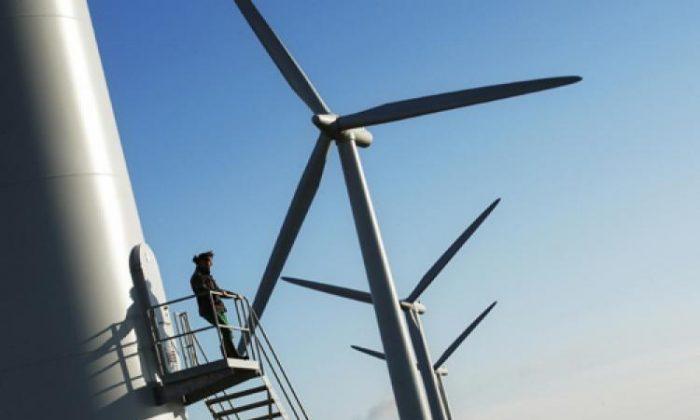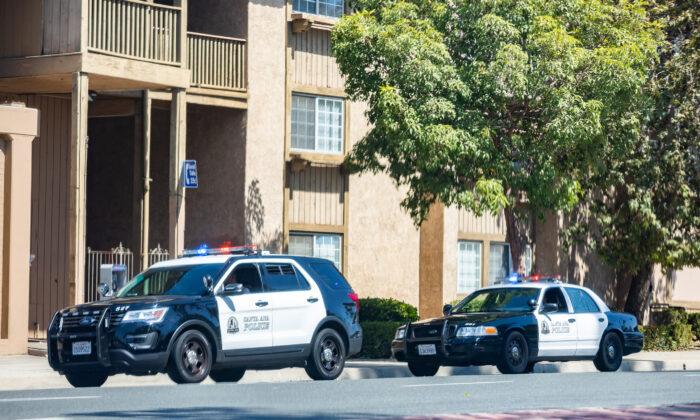As Anaheim continues moving toward renewable energy to meet state standards, electricity rates can go up significantly, according to Elden Krause, the city’s integrated resources planner.
While the city is on track to meet the goal of 60 percent renewable energy by 2030, Krause said the utility board is also dedicated to minimizing financial impacts on consumers.
“We’ve been focused on sustainability ... not only meeting reliability, requirements, resiliency but also having the financial flexibility behind the scenes,” he said.
The board’s plan, based on the state guidelines, is to be coal-free by 2027, reach 60 percent renewable energy by 2030, and become carbon-free by 2045, Krause said.
As for how increasing renewable energy capacity might affect consumer costs, board members emphasized that their plan is to adjust the rates incrementally, instead of jumping all at once, though it’s unclear when the increases will happen.
Though the city already met its 33 percent renewable energy target for 2020, Krause expressed some frustration with the state mandates. He noted that every time the city thinks they’ve met a renewable energy goal, the state “takes that goalpost and shifts it one more time.”
On the other hand, the cost of renewable energy—such as wind and solar energy—has been decreasing, which is advantageous for the city to generate more energy from renewable sources, according to Krause.
The board is also considering adding batteries to its solar panels, which can store energy during the day and release it during peak consumption time at night—when most homes have lights on.
“Batteries help offset [peak hours] rather than having natural gas plants peaking, [to serve] that entire need. ... The trend is moving to the batteries. They definitely over time have become a lot cheaper—compared to where they were if you look back five years—and easier to integrate into the grid,” Krause said.





